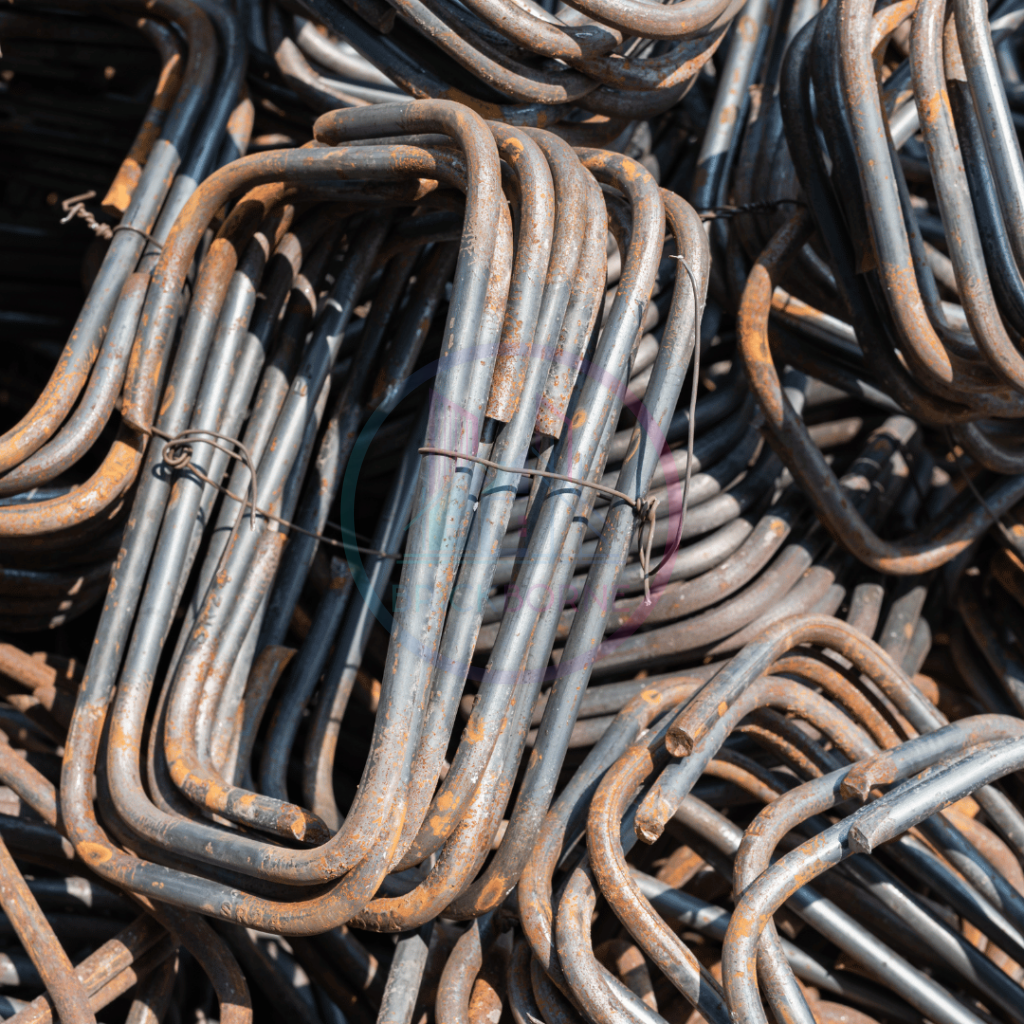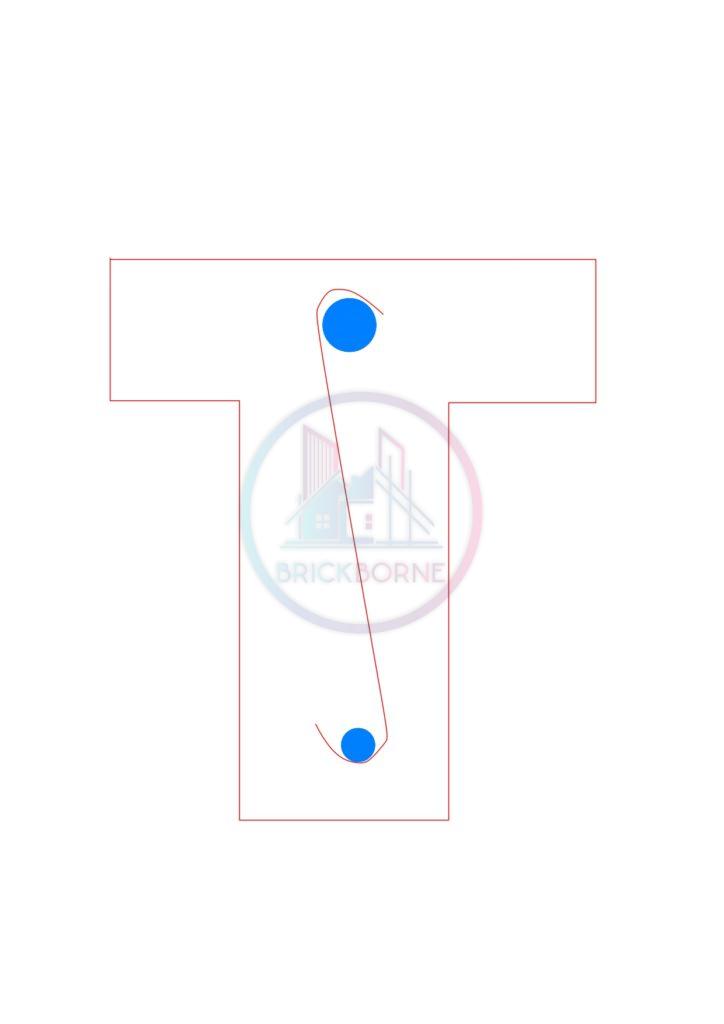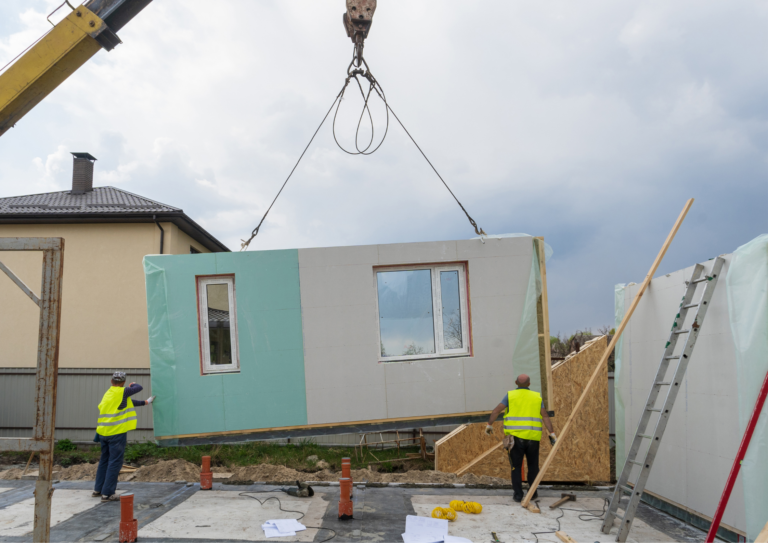Concrete beam stirrups are essential reinforcements in civil engineering, providing crucial support and enhancing the structural integrity of reinforced concrete beams. This unassuming component plays a vital role in safeguarding concrete structures from failure and ensuring their longevity by withstanding various external forces efficiently. The concrete beam stirrup continues to shape the construction landscape, making them a crucial element of construction from a historical perspective to a modern perspective. This blog post sheds light on functions, types and recommendations for rebar stirrups.
What are Stirrups
These are closed-loop bars that are provided at regular intervals with a definite centre-to-centre distance between them, for holding the reinforcement bars at their place in beams and columns. Furthermore, they are also called lateral ties.

Functions of Stirrups or Lateral Ties
- Provisioning of confinement to the concrete- as the stirrups are placed around longitudinal bars or main bars, they prevent bursting out of concrete due to loads.
- Stirrups provide resistance against lateral loads.
- Stirrups enhance the flexural strength of reinforced concrete elements.
- During extreme seismic events, stirrups provide ductility to the reinforced concrete elements. Furthermore, they also act as energy dissipators during earthquakes.
- Stirrups help in providing proper spacing between vertical bars.
Types of Stirrups in Construction
There are different types of stirrups used in the construction industry as per design considerations; however, some of the most important ones are described below;
Legged Stirrups
These stirrups consist of one leg that extends beyond the main part of the stirrup. They are commonly used when additional confinement is required at points within a beam or column such, as near loads or areas with high shear forces.

Double-legged stirrups
These stirrups have two legs that extend in opposite directions from the main body of the stirrup. They offer enhanced confinement and load transfer capabilities making them suitable for regions to activity or for elements subjected to high dynamic loads.

Multi-Legged Stirrups
Multi-legged stirrups have two extensions providing greater confinement and bonding with the concrete. They find usage in structural elements like bridge piers or heavily loaded columns where exceptional strength and ductility are necessary.
Stirrups with Bent Legs
The legs of the stirrup are bent at angles to accommodate the shape of the reinforced member they support. Bent leg stirrups come into play when standard straight-leg ones aren’t suitable due to space limitations or irregular shapes of elements.
Cage-type legged stirrups
Cage-type legged stirrups are made up of a connected series of stirrups that create a cage structure, around the bars. This design is especially beneficial, for columns or circular elements as it offers confinement and even distribution of loads.
Diagonal Legged Stirrups
Diagonal legged stirrups are crafted to have one or more legs positioned at an angle, to the body of the stirrup. They are commonly used in structures that experience patterns of loading or to withstand shear forces.
Tied-Legged Stirrups
Tied-legged stirrups involve connecting the extensions or legs to each other using reinforcement creating a tied arrangement. This reinforcement configuration enhances the strength and rigidity of the stirrup assembly making it suitable for demanding environments, with stress levels.
Rebar Benders for Creating Rebar Stirrups
Rebar benders play a role, in shaping rebar stirrups providing efficiency and precision. When it comes to projects manual rebar benders work well for ones while electric benders are more suitable for medium-sized tasks like reinforced concrete beams. For heavy-duty construction, hydraulic benders are the go-to choice as they can handle rebars used in bridge foundations or skyscrapers. Portable rebar benders offer convenience, on job sites and multi-functional benders that combine cutting and bending functions help save time and energy. The decision ultimately depends on the project’s size, the rebar’s dimensions and the available power sources. Remember to prioritize safety by adhering to guidelines and wearing personal protective equipment (PPE) when operating rebar benders.
Conclusion
Stirrups play a very crucial role in providing stability, ductility and strength to structural elements in the construction industry. Furthermore, there are numerous functions of stirrups which indicate their importance in construction. Many types of stirrups are mentioned which are used in the world. Lastly,
If you are interested in reading about Building Information Modeling (BIM), click here on it. We also provide civil engineering and architectural services, order now.






1 comment
The Marvel of Engineered Wood Beams: Timber Magic
[…] everyone is a curious enthusiast, delving deep into the science behind Engineered Structural Beams. In this chapter of the blog, we will retain our special focus on Engineered Wood Beams for […]